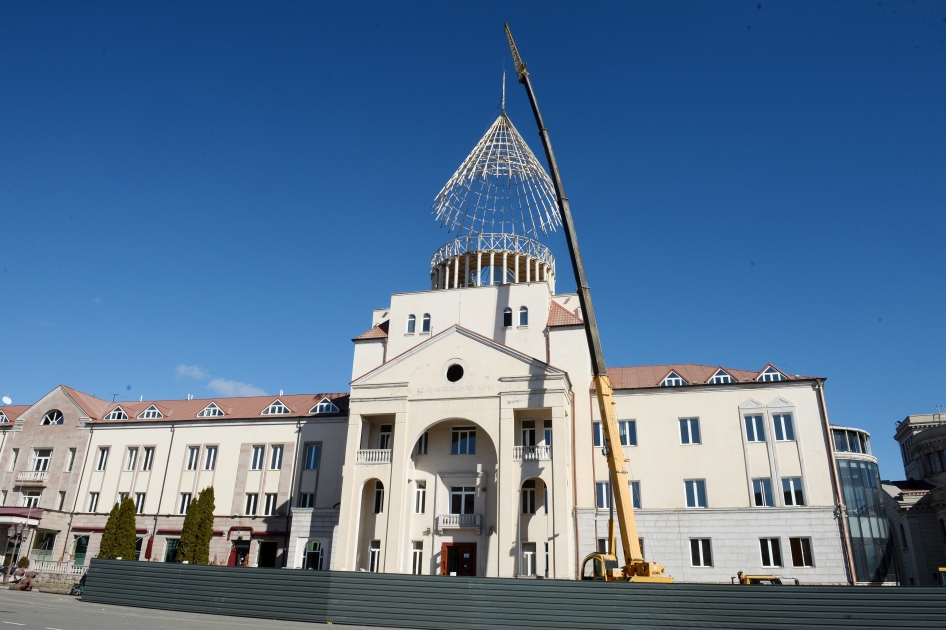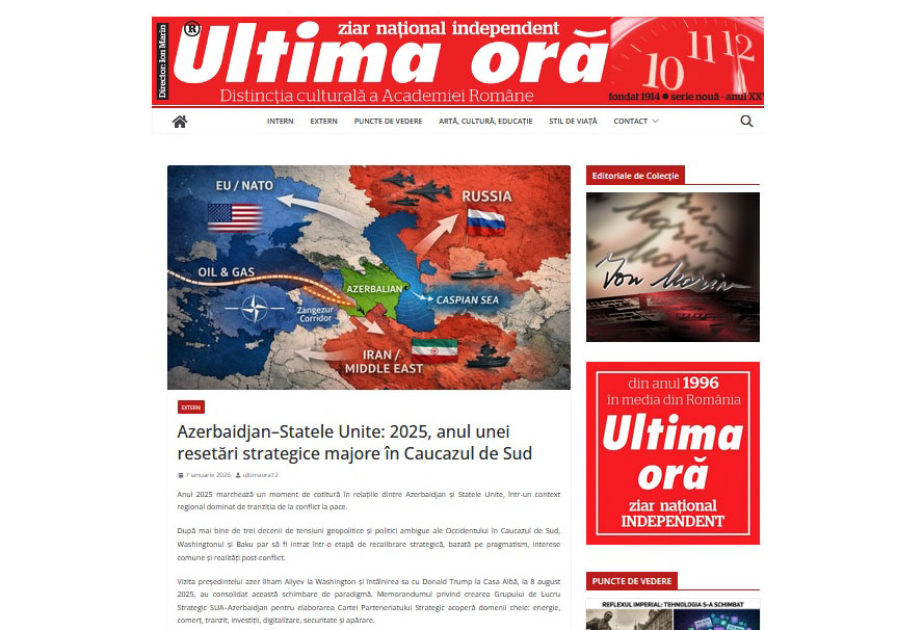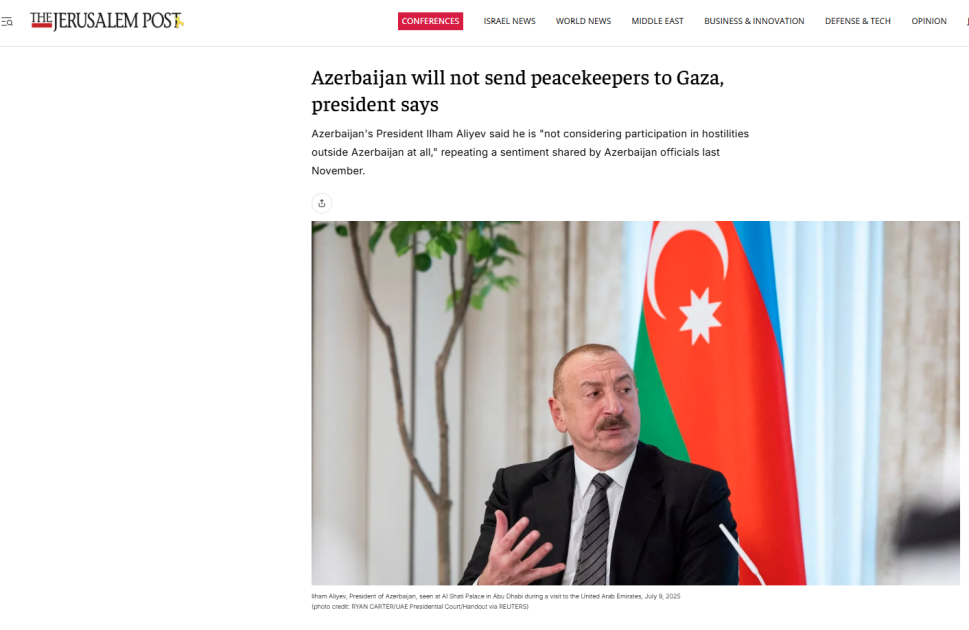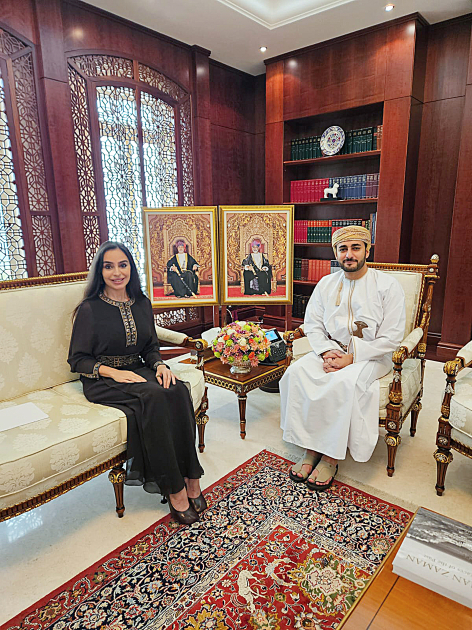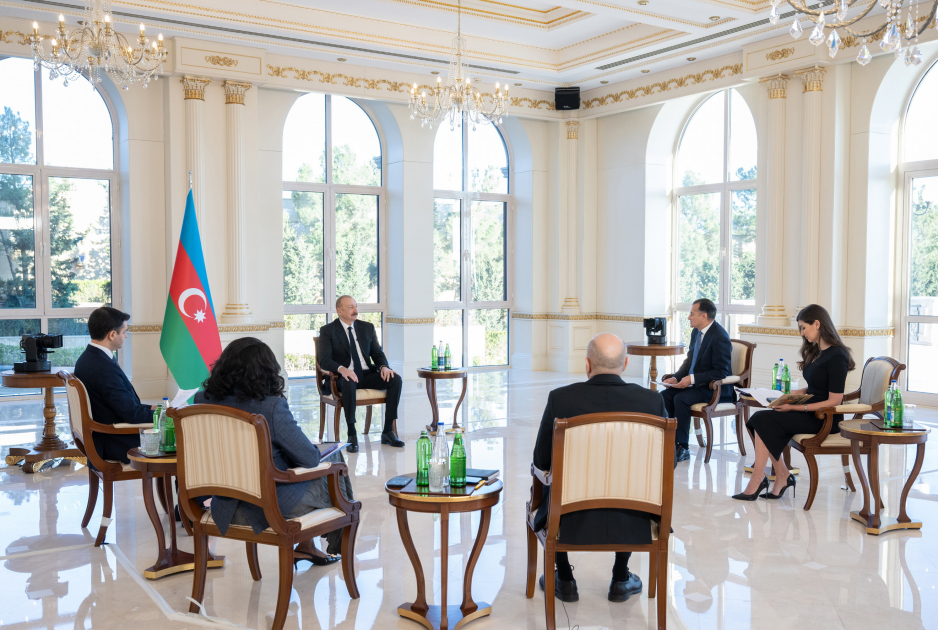Since the 19th century, Armenians have pursued aggressive actions, employing various devious methods to realize their aspiration of establishing a "Great Armenia" in the historical lands of Azerbaijan, while also perpetrating ruthless genocides against Turkic peoples.
Towards the end of the 20th century, separatist tendencies in Armenia manifested in large-scale military clashes against Azerbaijan. This military aggression, aided by certain Western countries, global power circles, and Christian centers, led to the occupation of sovereign Azerbaijani territories, including Karabakh and Eastern Zangezur. Armenians, lacking a tradition of statehood, opted for separatism, terrorism, and vandalism in their quest to carve out the second state in the Caucasus, thus casting a shadow on the future of Turkic peoples.
Today, it is possible to clearly see traces of the vandalism of the Armenian armed forces in the Azerbaijani territories liberated from thirty years of occupation. During the period of occupation, they not only neglected to engage in any constructive activities but, conversely, systematically destroyed all cultural monuments, graves, homes, and mosques in the occupied territories, resulting in significant environmental damage. Furthermore, upon their retreat, they left behind mined areas. These widespread acts of vandalism underscore the ethnic and psychological situation prevailing in Armenia.
The structures built by the deceitful neighbors using Armenian architectural styles in Azerbaijan's historic lands during the years of occupation signify their designs to usurp those territories. Hence, the process of dismantling the edifices erected by the junta regime during the occupation of Khankendi has begun.
AZERTAC presents to readers some of the measures taken by the Azerbaijani Government to eliminate the remnants of the nearly 30-year occupation by Armenian armed forces and separatists in the occupied territories through a series of photos.


